Rising profits continue for the retail drugstore industry, according to one expert who says government-collected data contrasts with the negative perspective of industry “doom-and-gloomsters.”
In analyzing the annual retail trade report from the U.S. Census Bureau, Adam J. Fein, president of the Philadelphia-based Pembroke Consulting Inc., and CEO of Drug Channels Institute, says in 2013 (the most-recent year available) the retail drugstore industry’s overall average gross margin exceeded 24 percent -- its highest in several years – while gross profit dollars topped $58 billion.
To be profitable, a pharmacy’s gross profits – which are revenues minus the costs of products – must exceed its operating expenses; gross margin expresses gross profit as a percentage of revenues, according to Fein.
Specifically, according to the data, in 2013, total drugstore gross profits hit $58.2 billion, up $2.7 billion from 2012. Since 2003, drugstores’ gross profits have increased by $14.4 billion.
The “impartial data show that the drugstore industry continues to do well, despite its many competitive challenges,” writes Fein, an expert on pharmaceutical economics and the drug distribution system, on a recent Drug Channels blog. “Total drugstore gross profit dollars continue to increase, along with drugstores’ revenues.”
In his analysis, Fein says that drugstore revenues come from prescription drugs, vitamins, cosmetics, over-the-counter products, food and other items.
Along those lines, chain drugstores garner up to 40 percent of their revenues from non-prescription, front-end items, he says. “Public company retail drugstore gross margins are higher, averaging 28 percent to 30 percent,” Fein observes. “These public chain figures include higher gross margin front-end products and reflect slightly better drug acquisition costs. There could also be some accounting-related differences.”
Fein notes that the Census Bureau data shows a trend break in 2006 when gross margins averaged 26 percent from 1993 to 2005, but then decreased to an average of 24 percent from 2006 through 2013. He attributes “this one-time decline” to three things:
1. The launch of retail discount generic programs, such as Walmart’s $4 program;
2. Retail price competition for mail business; and
3. Medicare Part D’s launch, which shifted seniors from higher-profit cash-pay prescriptions to lower profit, third-party-paid prescriptions.
Meanwhile, as independent drugstores generate less than 10 percent of their revenues from non-prescription sales, Fein observes that smaller pharmacies remain resilient, with the total number of independent community pharmacies remaining “pretty stable.”
“The appeal of pharmacy ownership clearly hasn’t dimmed,” Fein writes. “When one door closes, another opens.”
Retail drugstore industry retains rising revenues, expert says


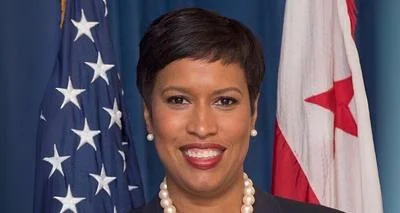


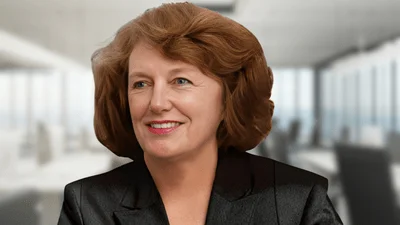


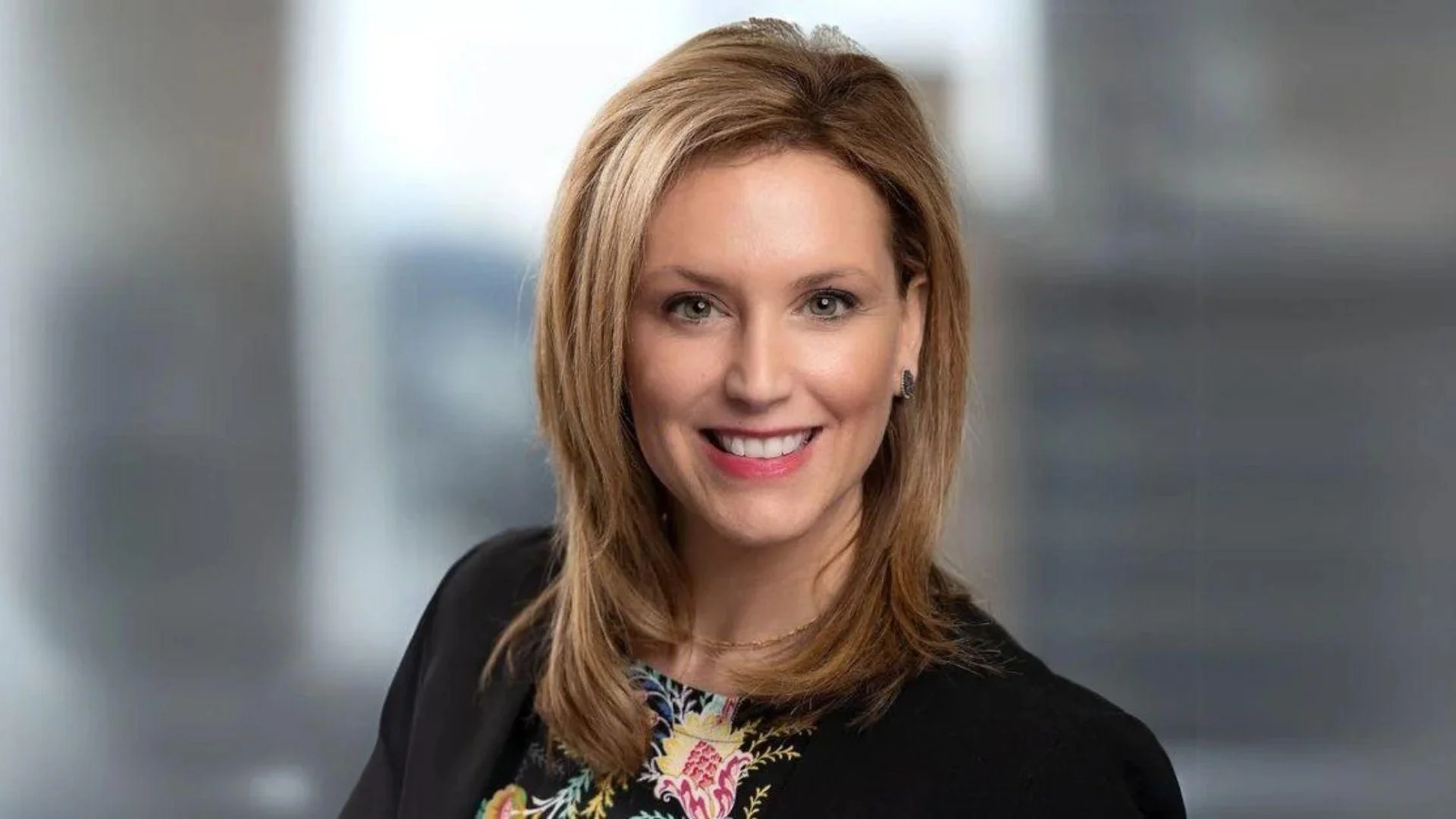

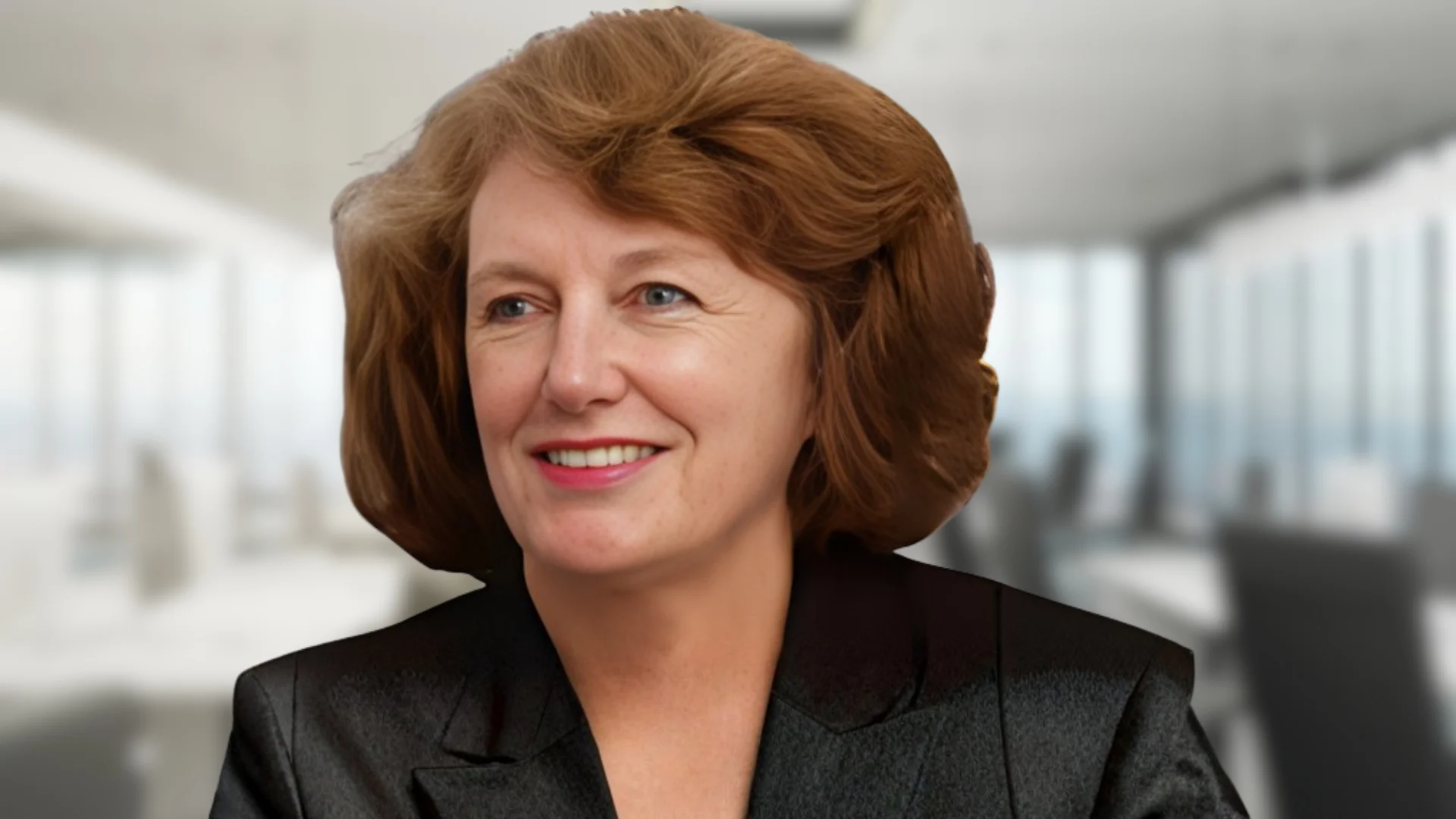
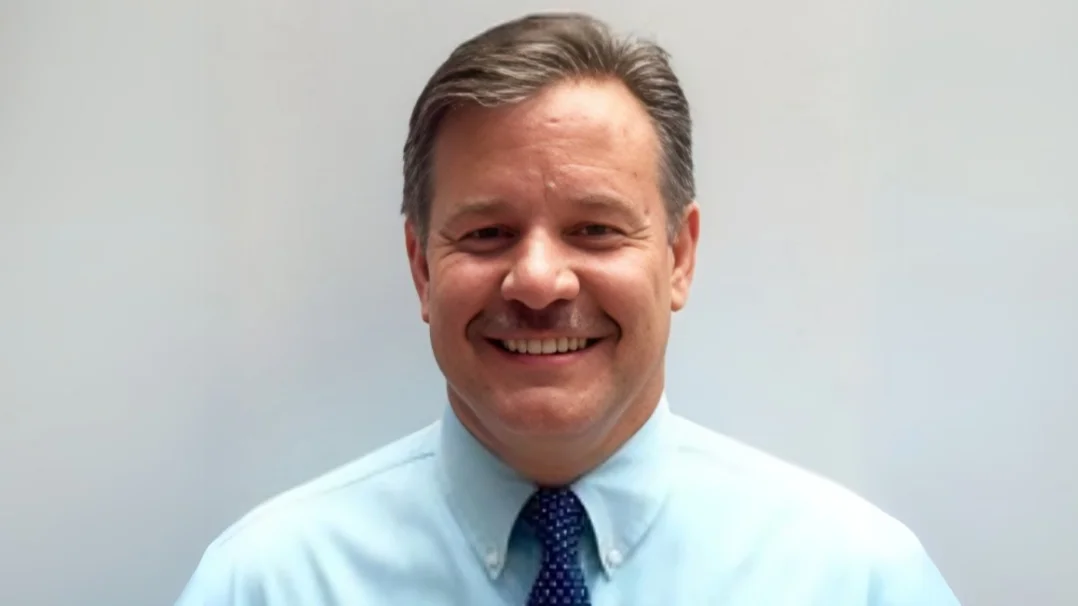

 Alerts Sign-up
Alerts Sign-up